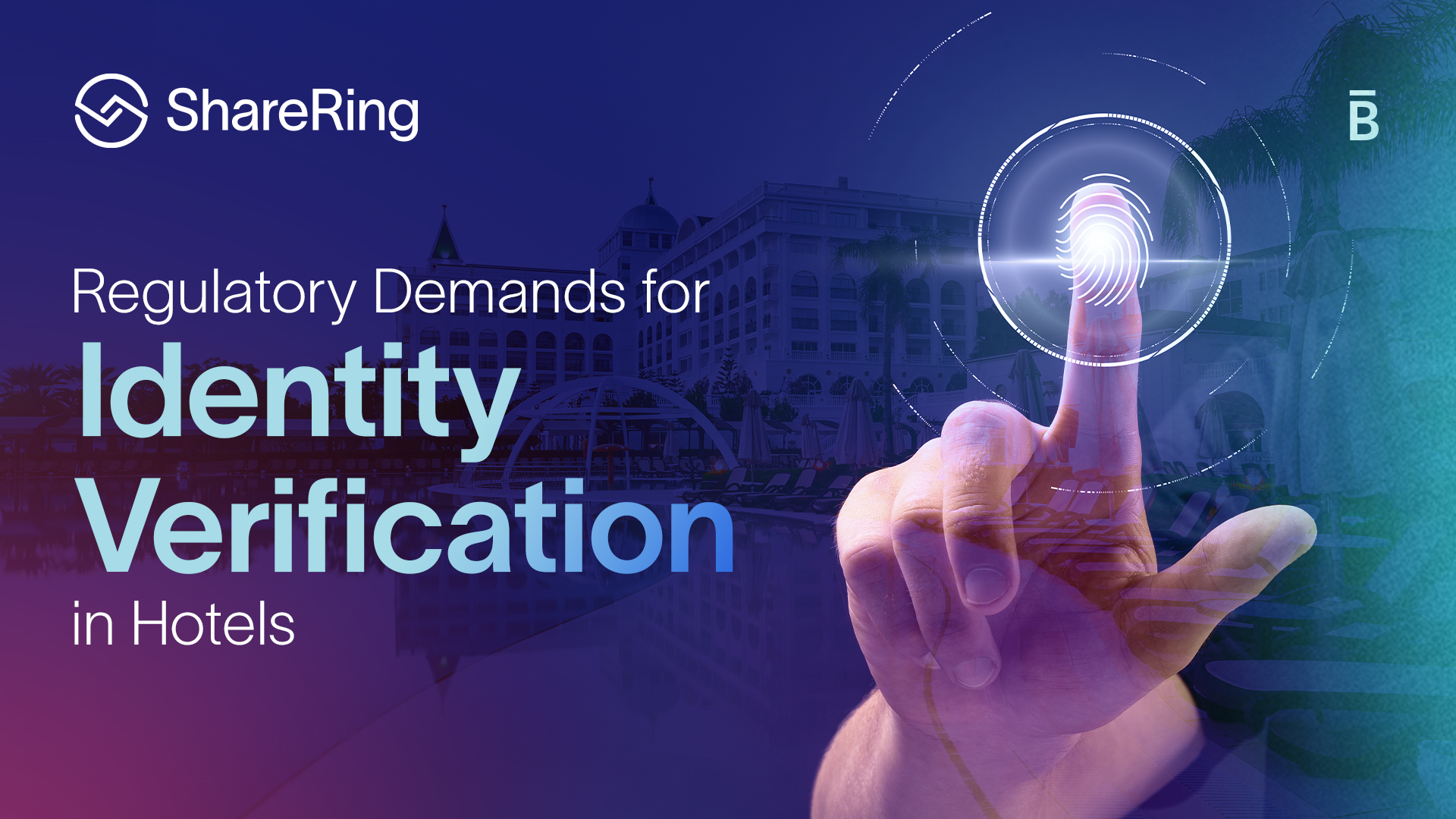NFC and the changing face of digital identity. Part 1

Most smartphones nowadays come with built-in Near Field Communication technology (NFC). Tiny NFC chips have the power to turn phones into mobile wallets by enabling customers to make quick and secure contactless payments with the flick of a wrist, using apps like Apple Pay or Google Pay.
With close to 4 billion active smartphones today, global smartphone penetration is at an all-time high. There are more than 2 billion NFC-enabled devices, with most being phones. Therefore over 20% of the world’s population already has access to NFC. Demand for contactless experiences has surged further during the pandemic, according to a recent survey by ABI Research.

All this means the possibilities for NFC tech are growing. But despite its newfound popularity, NFC is nothing new – it is an evolution of radio frequency identification (RFID), a decades-old wireless connectivity solution widely used in hotel key cards and entry passes. However, NFC is more fine-tuned than RFID and operates at a much shorter range of around 4cm-10cm, making NFC a more secure solution.
Apple’s adoption of NFC in the iPhone 6 and onwards massively boosted the profile of NFC, but NFC has many other applications besides mobile payments. For example, it’s found in contactless credit cards, transit passes, and modern identity documents like e-passports and driver’s licenses.
Around the world, some 150 countries now have an ID card that is NFC chip-enabled. These cards are securely encrypted, and the data on the NFC chip cannot be forged or changed.
Such increasingly widespread adoption of NFC in identity documents opens up new possibilities for digital identity services and onboarding companies using eKYC.
Part 2 coming soon. Stay tuned!














.png)
